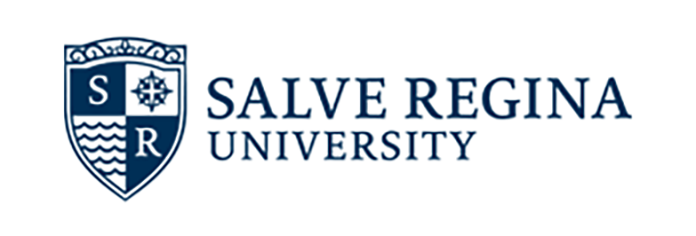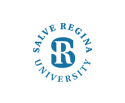Document Type
Article
Abstract
World Bank and International Monetary Fund became involved in the 1982 Third World debt crisis in order to solve global economic difficulties. While these institutions were not created for this purpose, after a series of economic shocks in the 1970s, they swept in order to alleviate the economic difficulties Third World countries faced. By following a strict regime of neoliberal inspired policies, they attempted to alleviate the debt crunch. Despite intentions, the World Bank’s and IMF’s involvement has exacerbated poverty in the Third World. As demonstrated, key factors in structural adjustment programs have impeded health care delivery and have contributed to increased rates of morbidity and mortality. By continuing with structural adjustment programs in the face of mounting evidence that they are inefficient, millions will succumb to hunger and disease. There are prescriptions to alleviate poverty and improve the lives of nearly two billion people, but action must be taken. There are multifaceted approaches to solve the problems presented by structural adjustment. The first step is to dispel myths surrounding Third World debt, such as the problem diagnosed by the World Bank and IMF and the level of corruption in Third World governments. Secondly, the discourse of health care must be reframed as a human right. More challenging solutions include also organizing grassroots health organizations, increasing aid to the Third World, and socializing health care.
Included in
Rights Statement
In Copyright - Educational Use Permitted. URI: http://rightsstatements.org/vocab/InC-EDU/1.0/
This Item is protected by copyright and/or related rights. You are free to use this Item in any way that is permitted by the copyright and related rights legislation that applies to your use. In addition, no permission is required from the rights-holder(s) for educational uses. For other uses, you need to obtain permission from the rights-holder(s).


